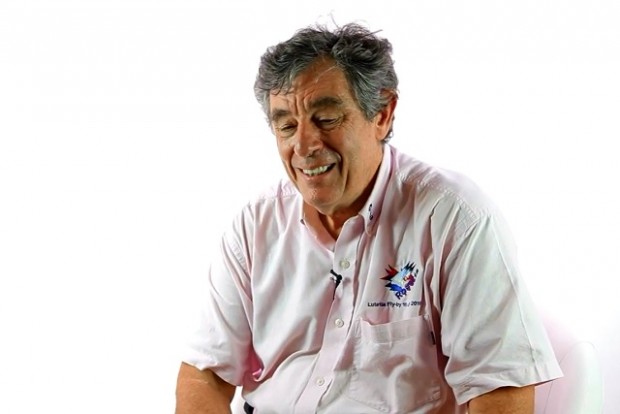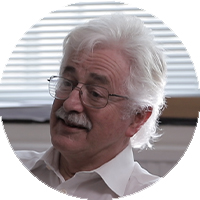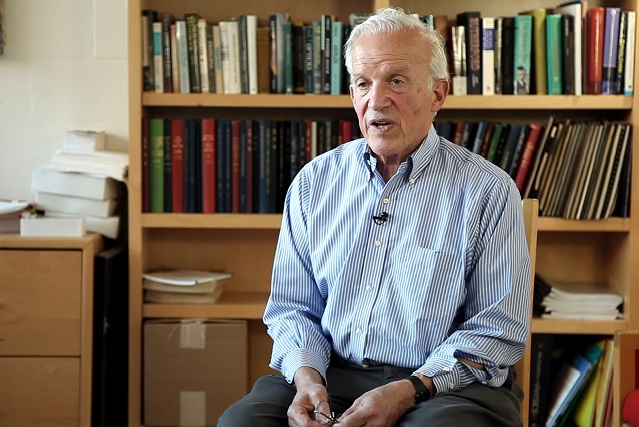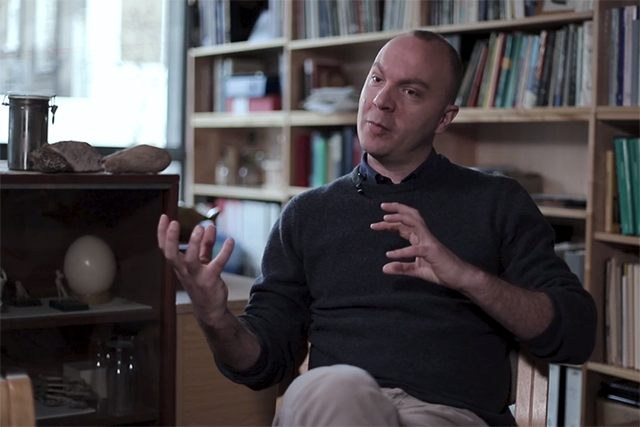Cassini Mission
Physicist David Southwood on the history of the Cassini mission, landing on Titan and why does humanity need to explore space
videos | March 26, 2020
The Cassini mission occupied half of my career. I first started working on a mission to go to Saturn with a lander, to go to the moon of Saturn called Titan in the early 1980s. I never thought it would take as long as it did. Of course, it is probably the most wonderful thing that ever happened in my life. This was a major mission from the Earth to Saturn, a robotic mission with a lander to go to Titan. When we began in Europe, the idea of being deeply involved with planetary exploration was somewhat foreign. By the end, I think, the Cassini mission and what followed have left Europe very firmly doing planetary science. There isn’t any doubt in anyone’s mind.
But the other important thing about Cassini is the fact that it was an international cooperation: it started off, as you may deduce from the dates, during the Cold War, and so it was a cooperation between the United States and Europe through the European Space Agency. However, during the gestation of the mission and as the mission progressed, the Cold War ended, and so by the end of the mission, it was a world mission with involvement from all over Eastern Europe as well as Western Europe, the United States, and elsewhere in the world. For me, it’s a model of international cooperation: for me outer space belongs to everybody. I don’t really care about politics, and so Cassini, as far as I’m concerned, did an enormous amount to bring scientists together.
Of course, it also was a political challenge because Europe was not really deeply involved in planetary exploration in 1982. So, for European scientists, the first thing was to establish a level of trust with the Americans, and the second thing was to establish how we would get the money from our European research masters. We knew that we had to do something very important; we could not just come along and say, ‘We’re helping out the Americans’; we had to say this is a true partnership. To be honest, the obvious thing was the landing on Titan.
So, as well as a trip to the outer Solar system, this was, in a sense, a trip back in time to probably what our atmosphere might have looked like at Earth perhaps a billion years after the Earth was born, three and a half billion years ago. We realized we could sell the idea of Europe being responsible for visiting Titan. Of course, our American colleagues said, ‘Whoa, no-no-no, this is so important, we have to do it’, but of course, we said, ‘Look, we need to demonstrate that we in Europe are doing frontier science. It’s going to cost us a lot of money; we have to have your trust’. And indeed they agreed that we could do it. In the end, we managed to persuade both the European Space Agency and NASA, the American Space Agency, to come together in 1989 and approve the mission. So it took us seven years to get that far.
We then had a selection of instruments, and I built an instrument for the mothership, for the American Cassini spacecraft, and we started building the Huygens Lander in Europe. We finally launched in 1997, so that’s another eight years: 15 years since we started, and then, of course, it took seven years to get to Saturn and we did science on the way.
But the big excitement was on June 30th 2004: insertion into orbit around Saturn. Then just over six months later Huygens left the mothership and went down onto the surface of Titan successfully.
That was a magical thing for me. By then, I was the director of the European Space Agency, so I was in charge of the team doing the landing on Titan, and I can tell you, there was a magical moment when we got our first images.
We saw river-like structures on the surface. We’d said, because of the temperature of the surface of Titan, that methane could be solid, liquid, and gaseous, and there would be meteorology, rain based on methane, and snow based on methane. Of course, in our own planet, water does that, and that drives our meteorology; it’s a sort of place where you can store energy in the meteorological system. Seeing the river structures, I thought, ‘Thank you very much’. It’s exactly what we said we’d see, but of course, you never believe you’ve seen it until you’ve seen it. We believed it should be like that, and there it was.
Of course, in a way, that was really only the beginning. And indeed, Huygens operated for several hours down on the surface, and then eventually,, it faded away since it was extremely cold on the surface of Titan. But the mothership, of course, went on orbiting Saturn, and Saturn itself is like a Solar system all of its own. It’s got 64 moons, I think; it’s hard to keep up with the number. It’s got these magnificent rings; it’s the most beautiful thing you can see in the sky as far as I’m concerned.
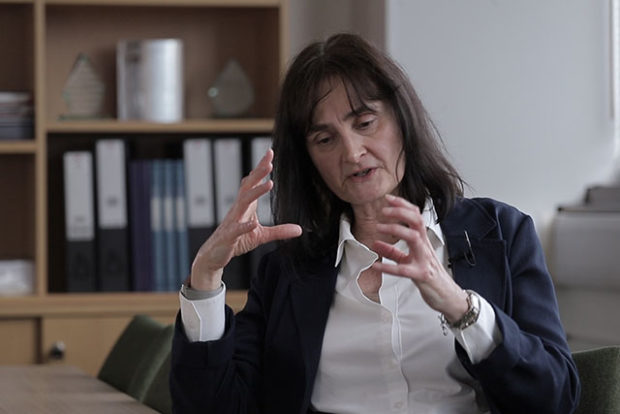
So, how do I justify the Cassini mission to human beings? Well, it’s because we’re human beings; it’s because we really don’t understand our own planet. We could spend all our time studying our own planet, but we have eight other examples.
Understanding other planets is critical, and Saturn in particular because it is almost a Solar system in itself: it has the rings that could be the origin of a planet, or the origin of a moon, or could be the end of life of a moon. That’s something we’ve been trying to work out.
Frankly, I like the Earth; I think living on the Earth is very important. On the other hand, sometime in the future, the Sun will become a red giant and swallow our Earth. Maybe there won’t be a human race then, but there will be some kind of successors to us. They have to find places where they can lead a sustainable life. Titan is one place, maybe Enceladus; who knows? When the Sun is a red giant, the Earth will not be habitable, however much we evolve into different beings. Nobody will survive on an Earth that has been swallowed by a red giant star. The temperature in the Saturnian system will be much closer to the temperature of the Earth right now, which sustains life. So, if you really want a grandiose answer to the question of why we do it, we do it for posterity and for whatever, ultimately, in the millions of years to come human life on this planet.











